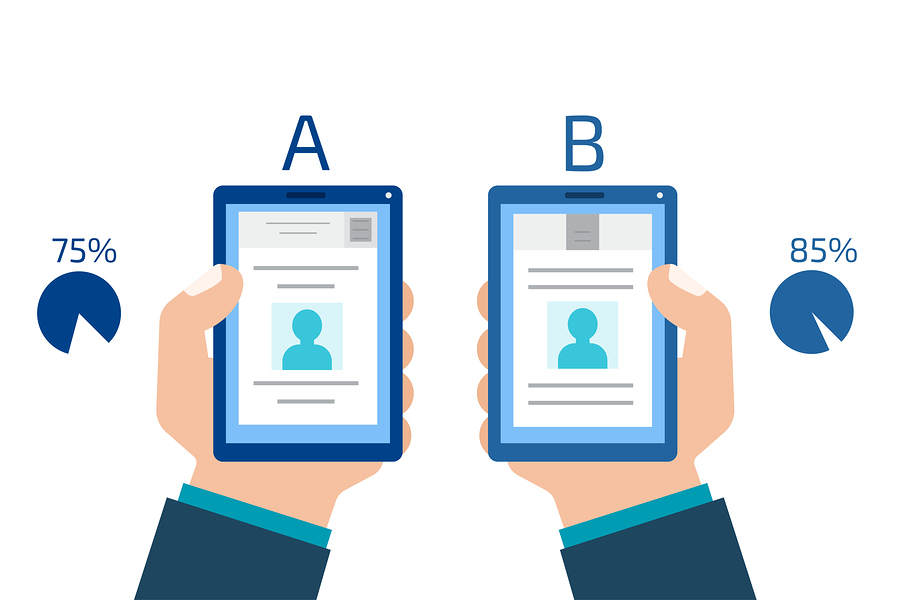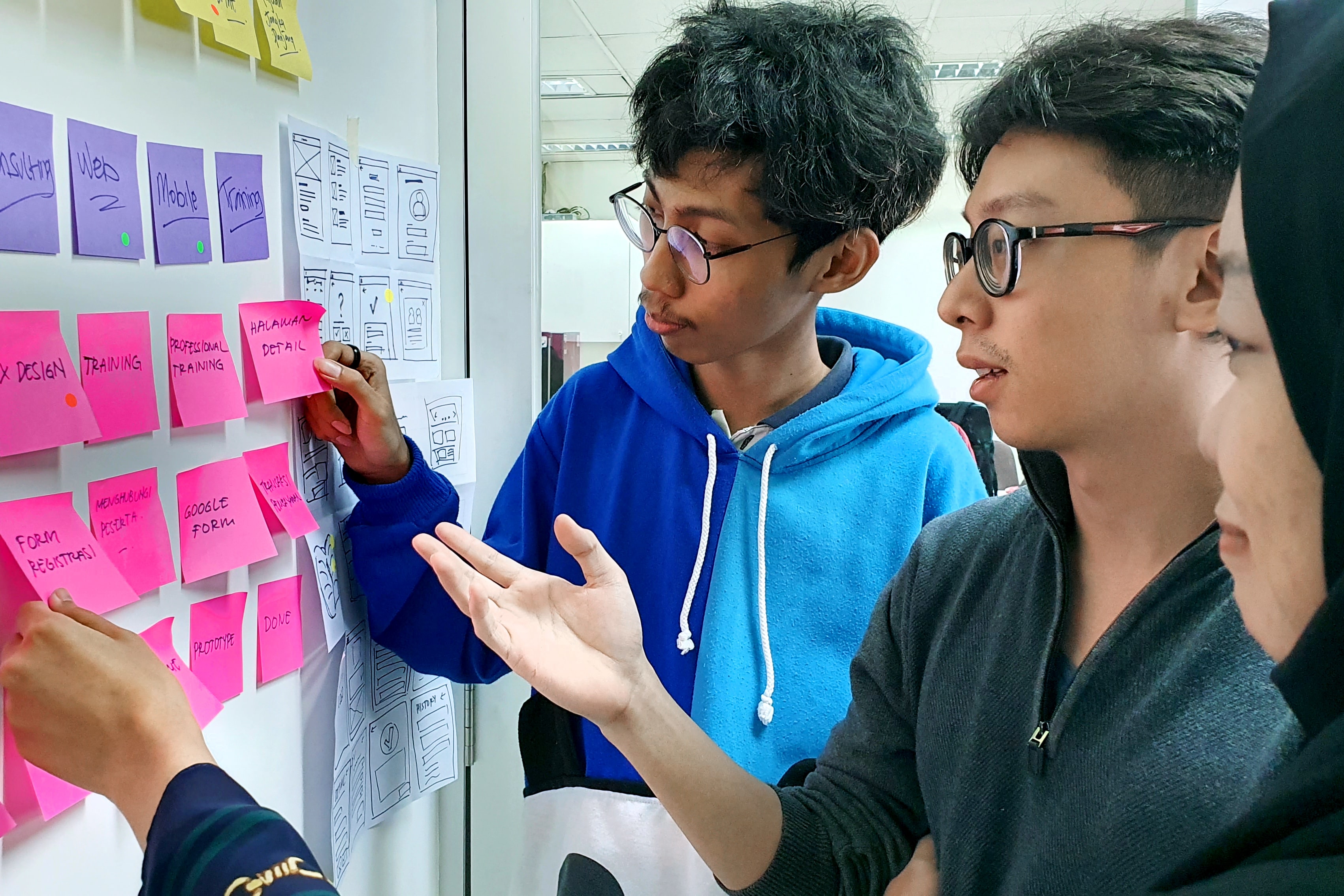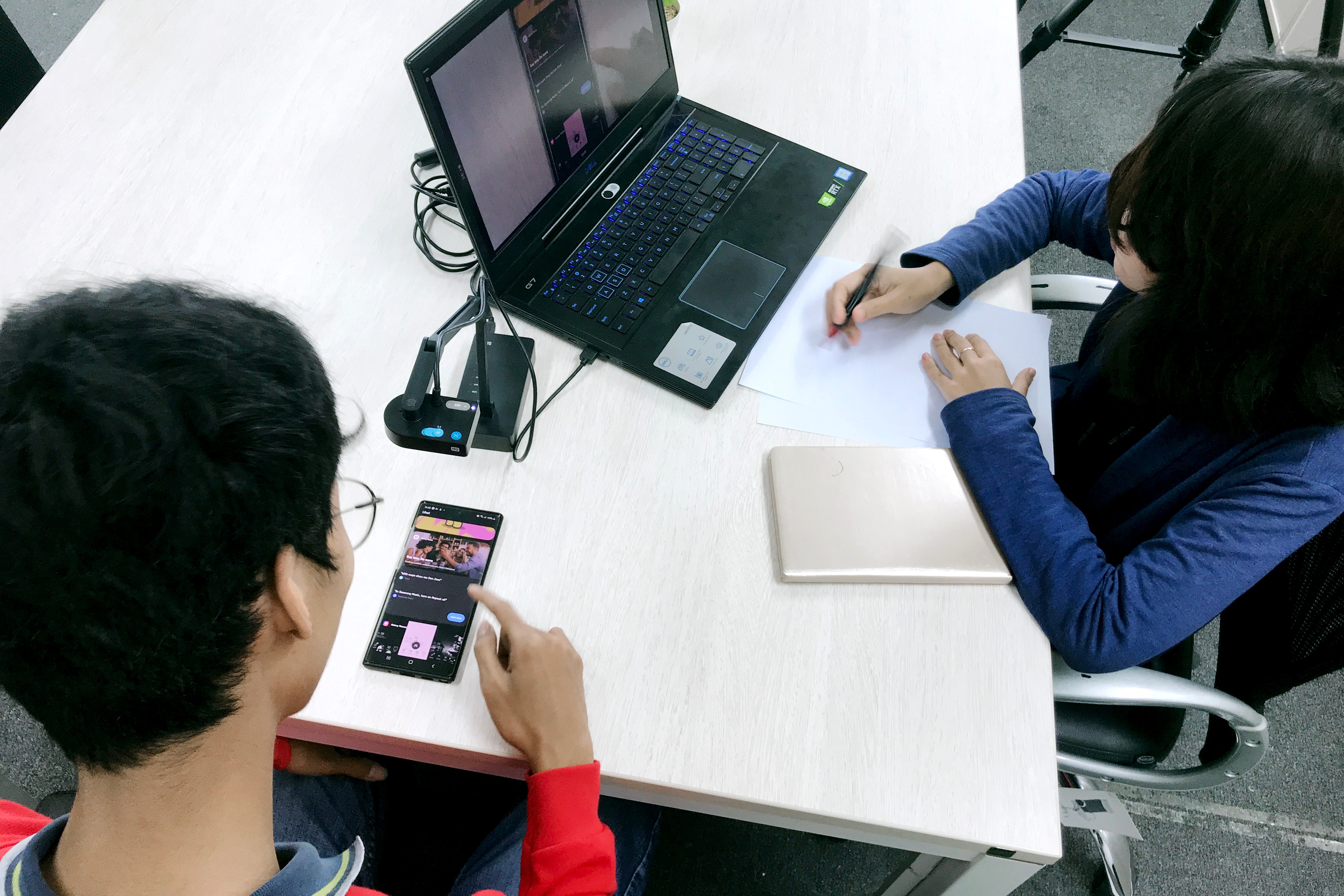The last time we visited Google, we got a chance to validate our design sprint techniques with this global leader. Years of experience in creating phenomenal experiences for amazing clientele, conducting design sprints alongside the pros put things into perspective for all of us.
Won’t divulge much about the design sprint in this piece as we’ve covered the same in one of our blogs earlier. What we can tell you, in brief, is how a design sprint:
- Helps teams fail FAST and find the correct direction FASTER. Sprints prevent loss of time and funds on ideas that won’t work.
- Spur teams to work TOGETHER and think BETTER when stuck in a complex situation. Design sprint was introduced as a method for quick plan execution.
When to Use Design Sprint?
In the sprint exercise at Google, we listed a bunch of How Might We’s and created an affinity map. We also sketched the Crazy 8s and silently voted to elect the best solution screen. Amidst all this, we realized that a sprint keeps a team focused on what’s important.
A team can’t dive so deep into user empathy that one can’t pitch a work culture around it! The approach intends to switch one’s mindset toward proficiency. A sprint can effectively:
-
Identify user problem
-
Eliminate the endless-debate cycle
-
Tests realistic prototype
-
Validate relevant ideas
Gaining the right direction is the aim of such a design sprint. It’s what Jake Knapp calls:
“A five-day process for answering critical business questions through design, prototyping and testing ideas with customers.”
But First, Research!
Grab your coffee because you need to hear this! There are 3 phases of a design sprint:
- Pre-sprint
- Sprint phase
- Sprint outcome
Pre-sprint can be a major deal-breaker. UX experts are problem solvers. Once having located a problem, a team needs to learn about the problem. This way they can find new approaches to solve it. Pre-sprint is exactly where the members of a team are expected to bring ideas to the table! The best practice for a team is to spend just enough time researching to prepare for a successful design sprint. No, eyeballing and presumptions will not get you anywhere. The quantitative method is your best bet in this scenario. Benefits of the quantitative method:
-
It is objective and easier to gather.
-
Numeric representation helps fix a product faster and justify the investment.
-
It represents the population that participated well.
-
Attractive visualizations of raw numeric data.
This kind of data helps you determine the success of the sprint and the product. Any kind of research in which results are representable in numbers is quantitative in nature. So let’s focus on getting those numbers, shall we?
8 Tricks to Improve Your Number Game in Design Sprint
-
A/B Testing
-
Card Sorting
-
Tree Testing
-
Click Streaming
-
Eyetracking Testing
-
Surveys
-
Intent Testing
-
Usability Testing
A/B Testing

A/B testing helps compare two design options. It requires software that can set up two different web pages. Each page has elements that are slightly altered. For example, if you can’t decide between the texts ‘progress’ and ‘confirm’ for a specific CTA button, put these two visions on two different A/B testing sites. One can track traffic on both pages and figure if the texts have varying impacts on the number of people clicking on it.
Card Sorting

There are three types of card sort:
-
Closed card sort:
Participants sort cards into groups that already have defined parameters. For example, if there is a new page for ‘dryers’ participants can be unsure about putting it under parent categories such as ‘Washing Machine’ or ‘Appliances’.
-
Open card sort:
Participants sort cards into groups that they find suitable. They create and label categories in a way that they find fit.
-
Hybrid card sort:
It is a blend of both card sorts mentioned above. Participants sort cards into predefined groups or create new groups if they find predefined ones inefficient.
Tree Testing

Tree testing validates the results of a card sort. The main classification and its subcategories are established for the website/ mobile app. Participants instinctively explore these classifications to find what they’re looking for. Their clicks validate the effectiveness of the classification by finding what they want in the specific category assigned to that object of desire.
Clickstream Analysis

Clickstreams are proofs of the URLs participants visit. When the participants navigate through a product, clickstreams analyze the routes the participants undertake during task completion. Certain software helps generate heatmaps for further behavioral analysis. It’s a beneficial technique to measure conversion rates.
Eye Tracking
![]()
Eye Tracking allows researchers to trace the participant’s eye movement. It requires a special piece of equipment that generates a heatmap according to the users’ eye movement as they look around the screen. It accumulates data based on the focus of the eyes on a particular location and the time spent on that location. This information helps developers determine where to place valuable content or CTAs on the page.
Surveys

Surveys provide quantitative data. This is because parameters the questions are based on are numeric in nature. You can also obtain feedback from users. You can collect metrics and ratings with online surveys. For example, surveys run on target audiences by using social media campaigns as if the product is ready.
True-Intent Study

True intent study tracks the organic traffic on your website/ mobile app. Trace the participant’s intentions for their visits and experience. This quantitative data provides a hawk eye’s view of how well a site is doing.
Remote Usability Testing

In this phase, participants interact with prototypes, websites and other digital products online or provide feedback over a phone.
Remote usability testing is quick and gathers more case studies and that is why it is different from ‘in-person usability testing’. We use their feedback, reactions, behaviors for improvement purposes.
This is an imperative part of UX research, as this quantitative feedback improves the product.
Conclusion
Don’t be afraid to use all of the 8 tricks discussed above. You can also use a combination of a few of them and work wonders at your sprint! Valuable data is captured by placing a tangible product in the hands of a customer. It’s because of this method that research is upscaled and trumps any elaborate research without any productive outcome.
To test solutions in design sprints using quantitative data should be the aim of every workspace. This kind of approach keeps teams up to challenges and stay relevant.
For such dedicated user experience with a human-centric approach to your problem, say hello to us and we’ll get back to you in a sprint!
